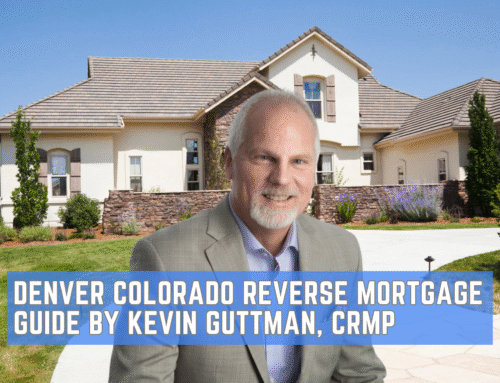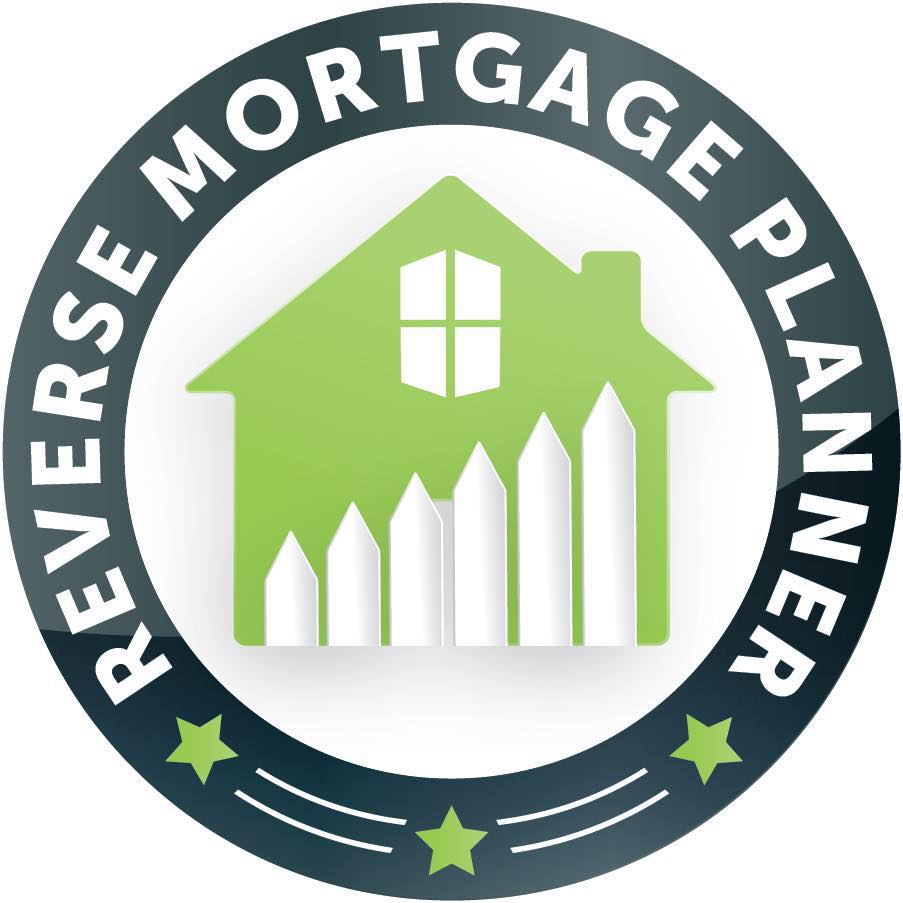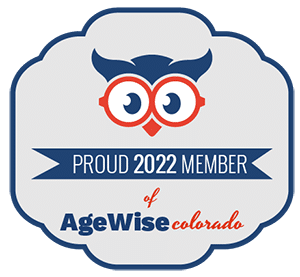A reverse mortgage is one of the most misunderstood financial tools in retirement planning. Many homeowners dismiss it due to myths and misinformation, missing out on a potential solution for financial stability. If you’re considering a reverse mortgage, here are 10 key facts to know before making a decision.
Table of Contents
- 1. You Maintain Ownership of Your Home
- 2. You Are Not Personally Responsible for Repayment
- 3. Only Your Primary Residence Qualifies
- 4. Your Borrowing Amount Depends on Several Factors
- 5. Eligible Property Types for a Reverse Mortgage
- 6. The Loan Becomes Due When the Last Borrower Moves Out
- 7. Your Line of Credit is Protected and Grows Over Time
- 8. Choose Between Fixed or Adjustable Rate Options
- 9. Your Credit Score Isn’t the Key Factor—Your Credit History Is
- 10. The Loan Term Can Last Up to 150 Years
- Is a Reverse Mortgage Right for You?
- About the Author: Kevin Guttman
1. You Maintain Ownership of Your Home
One of the biggest reverse mortgage misconceptions is that the bank takes ownership of your home. This is not true! With a reverse mortgage, you remain the owner and stay on the title—just like a traditional mortgage.
2. You Are Not Personally Responsible for Repayment
Unlike a traditional home loan, a reverse mortgage does not require monthly mortgage payments. The loan is only repaid when:
- The home is sold
- The borrower moves out permanently
- The borrower passes away
However, you are still responsible for property taxes, homeowners insurance, and home maintenance to keep the loan in good standing.
3. Only Your Primary Residence Qualifies
A reverse mortgage is available only for your primary residence—the home where you live most of the year. Second homes and investment properties do not qualify.
4. Your Borrowing Amount Depends on Several Factors
The amount you can borrow is based on:
- The age of the youngest borrower (Older borrowers typically qualify for more funds.)
- Current interest rates (Lower rates may increase the loan amount.)
- Your home’s appraised value (Higher-value homes allow for more borrowing power.)
5. Eligible Property Types for a Reverse Mortgage
Not every home qualifies for a reverse mortgage. Eligible properties include:
✅ Single-family homes
✅ Townhomes and patio homes
✅ Condos in FHA-approved complexes
✅ 2-4 unit residential buildings (one unit must be owner-occupied)
✅ Manufactured homes built after June 15, 1976, meeting HUD guidelines
If you’re unsure whether your home qualifies, it’s best to consult with a reverse mortgage lender.
6. The Loan Becomes Due When the Last Borrower Moves Out
A reverse mortgage is meant to provide financial stability throughout retirement. However, the loan balance becomes due when the last borrower permanently moves out or passes away. The loan can be repaid by:
✔ Selling the home
✔ Refinancing into a traditional mortgage
✔ Allowing heirs to pay off the balance and keep the property
7. Your Line of Credit is Protected and Grows Over Time
A reverse mortgage line of credit has unique benefits:
- It cannot be frozen or reduced, even if home values decline.
- The available funds grow over time at a compounding rate.
- Withdrawals are tax-free, making it a flexible retirement income strategy.
8. Choose Between Fixed or Adjustable Rate Options
A reverse mortgage comes in two main interest rate options:
- Fixed-rate – Provides a lump sum payout with predictable interest rates.
- Adjustable-rate – Allows flexible withdrawals, including a line of credit or monthly disbursements.
9. Your Credit Score Isn’t the Key Factor—Your Credit History Is
Unlike traditional home loans, a reverse mortgage doesn’t require a minimum credit score. Instead, lenders review your credit history to ensure you’ve been responsible with financial obligations like property taxes and homeowners insurance.
10. The Loan Term Can Last Up to 150 Years
Yes, you read that right! A reverse mortgage is not limited by age. As long as the borrower remains in the home, the loan remains in effect, even if that’s 20, 30, or 40+ years.
Bonus: Jumbo Reverse Mortgages for High-Value Homes
If your home is worth more than FHA lending limits, you may qualify for a Jumbo Reverse Mortgage (also called a Proprietary Reverse Mortgage). These loans allow for borrowing amounts up to $10 million.
Is a Reverse Mortgage Right for You?
A reverse mortgage can be a powerful financial tool when used strategically. Whether you’re looking to:
✔ Eliminate your mortgage payment
✔ Create a financial safety net for unexpected expenses
✔ Supplement your retirement income
…it’s worth exploring your options.
To help you explore your options and determine if a reverse mortgage might be right for you, we’ve created some helpful resources:
- Visit Our Homepage – Learn more about reverse mortgages and our services.
- Take our Home Equity Quiz – Discover if tapping into your home equity could benefit you.
- Find out Is a Reverse Mortgage Right for You? – A quick assessment to see if a reverse mortgage aligns with your needs.
- Contact Kevin – Get personalized guidance from our Certified Reverse Mortgage Professional.
Still Have Questions? Reach out to Kevin Guttman, Certified Reverse Mortgage Professional (CRMP) with 15+ years of experience. Whether you’re comparing a reverse mortgage to a HELOC, a home equity loan, or another financial product, I’m here to help you find the perfect fit for your lifestyle and goals.
If you’d like to learn more or see how much you may qualify for, reach out today for a free consultation!
Contact Kevin today or visit Reverse Mortgage Revolution to learn more about how refinancing can help you achieve your retirement goals. Take the next step toward greater financial freedom and peace of mind.
Thank you for reading, and here’s to making smart, well-informed decisions about your home’s equity!











